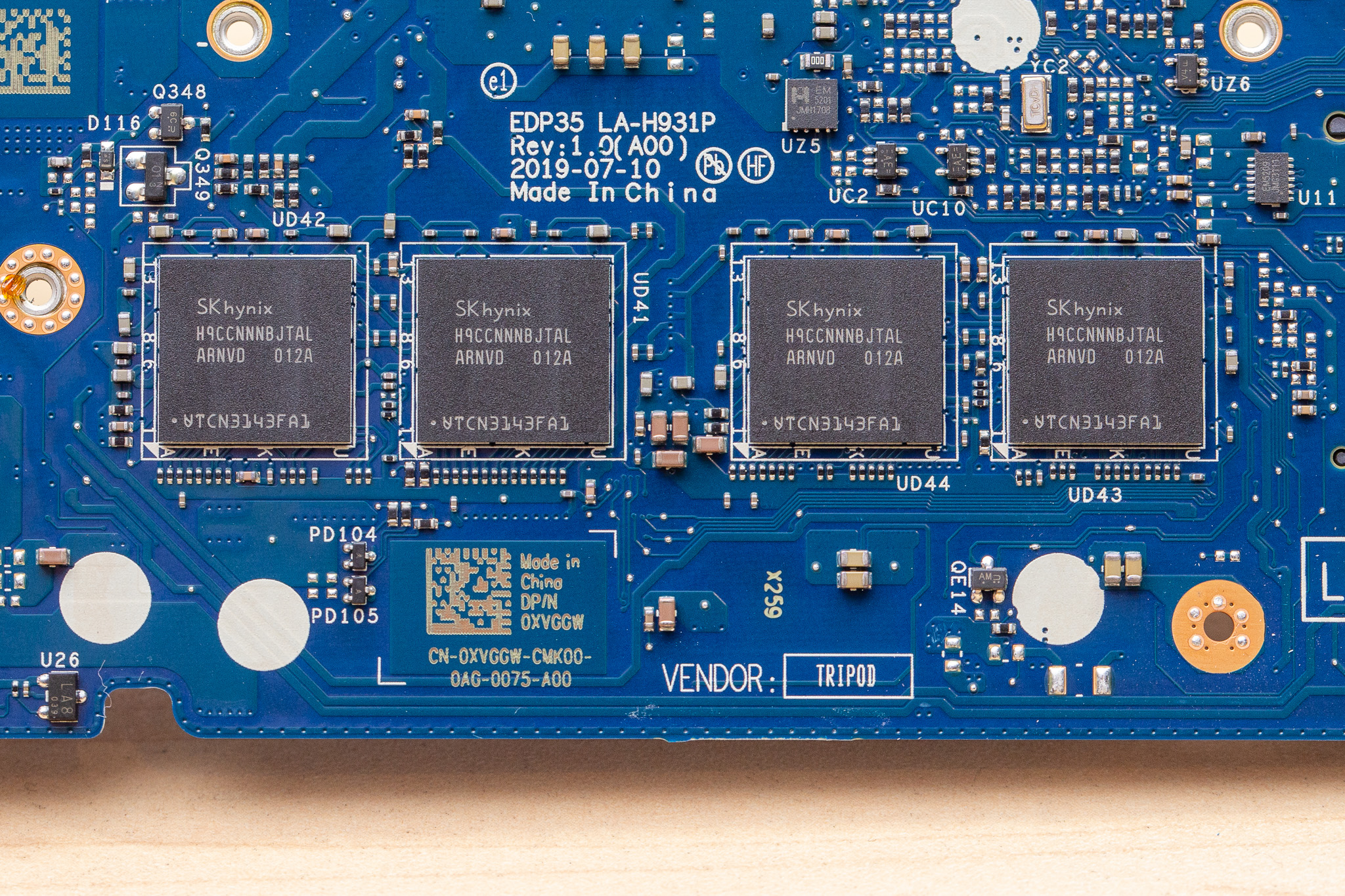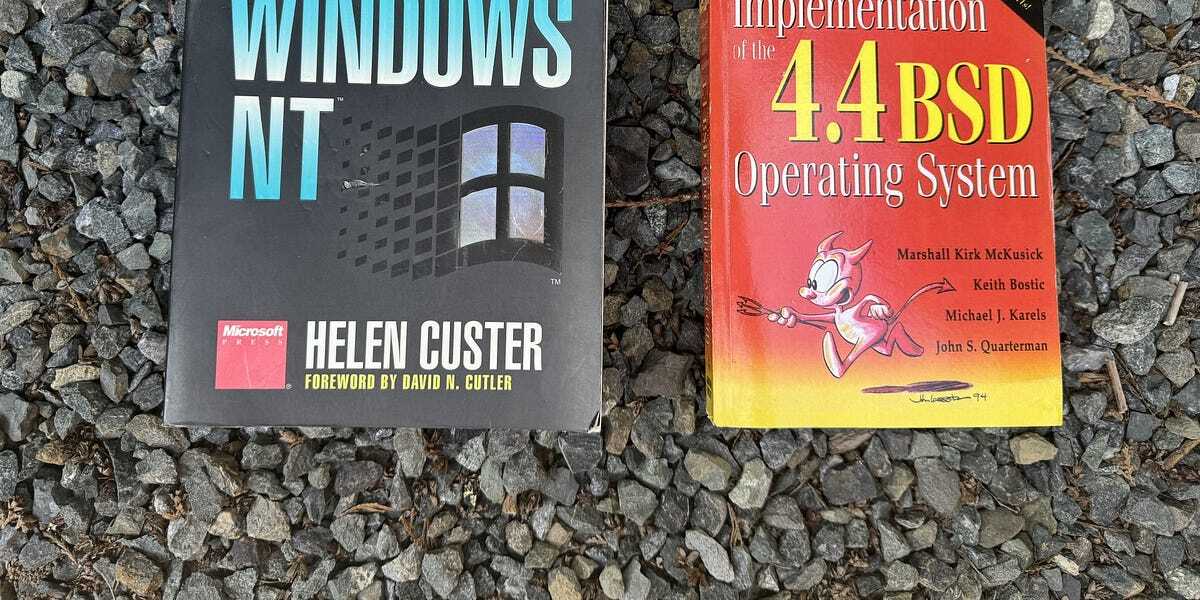Maybe also check out Ente. They went open source relatively recently, but have been developing it for a while with their SaaS platform.
They have a free tier (5GB) if you wanted to test it very quickly.
- 4 Posts
- 120 Comments
QuickSync is usually plenty to transcode. You will get more performance with a dedicated GPU, but the power consumption will increase massively.
Nvidia also has a limit how many streams can be transcoded at the same time. There are driver hacks to circumvent that.

 9·13 days ago
9·13 days agoNo IMAP/SMTP support with ProtonMail. You have to run their bridge application locally to get that functionality.
IMAP/SMTP does make their encryption at rest impossible, AFAIK similar providers like tuta don’t have those either.

 3·15 days ago
3·15 days agoAs the sibling comment says, not a static site generator. If you want to customize pretty much anything about the layout or theming you still need to use Twig, CSS and if you’re unlucky JS.

 3·19 days ago
3·19 days agoDoes it eat a lot of battery for you?

 8·21 days ago
8·21 days ago*tried to
It was still close enough that the production company feels they can win with their claim.

 3·23 days ago
3·23 days agoI mean the 4K77 Project stuff. They have everything on their own forum and only offer Resilio downloads.

 6·23 days ago
6·23 days agoI only used it to download certain Star Wars versions, because these nice gentlemen couldn’t be bothered to use real torrents.
No idea how you would use that as a Syncthing replacement though.

 102·26 days ago
102·26 days agoI was concerned when I saw Lunduke report on finding out Drew (very likely) hosts the Stallman report. (All while alluding to previous ““attacks”” on Hyprland and NixOS)
Of course DistroTube has to make an even worse video about it.

 4·28 days ago
4·28 days agoStill, it makes adding new devices much more of a hassle.

 7·1 month ago
7·1 month agoI use migadu.com now, previously also used mailbox.org and protonmail.
The great part with migadu is how much control you have. Want to add multiple domains or have multiple users? No problem. (Though they reserve the right to ask what you’re doing if it’s excessive).
Limits are based on mails sent, mails received and storage space.
I was on their cheapest plan (19$/year) until I filled my receiving contingent because my servers had issues and monitoring kept dutifully sending email alerts about that.

 6·1 month ago
6·1 month agoI’m aware of these options to do RAG, though I’m not using any yet. Only SillyTavern for chat stuff

 2·1 month ago
2·1 month agoApologies for the late response
I can access every node by IP (IPv6 to be precise).
Discovery within a local network happens through regular broadcasts. For connecting different networks, you need to set peering addresses that are reachable and configure the other side to listen.
You only need one node per network though, the others will automatically discover the path and connect on the best route to their target. If your node in the middle falls over, any other node that’s reachable can be used instead. The Yggdrasil Blog posts have some explainations of the algorithms used.There’s no explicit gateway, but you can use standard routing and firewall tools to do whatever you want. I only use it for accessing internal stuff, not as a full VPN for my client devices, but you could probably make that work by setting one node as router and configure its Yggdrasil ip as you gateway (excluding the traffic you need to connect to the VPN).
One downside is that everything’s still in progress and most versions change significant parts of the routing scheme, meaning it doesn’t work with the previous version. It is primarily a research tool for internet scale mesh networks, but releases are also infrequent enough where you shouldn’t worry too much.

 1·1 month ago
1·1 month agoI use Yggdrasil now with a whitelist of public keys. Though I’m thinking about redoing my architecture in general to make key distribution easier, have more automated DNS entries and also use the tunnel for any node to node communication.
Before that I tried Tailscale with Headscale, but I didn’t want to have a single node responsible for the network and discovery.

 3·1 month ago
3·1 month agoMost VMs only run containers, but I have supporting services on every host as well. Stuff like the mesh VPN, monitoring agent or firewall.
If I want a quick overview, a quicksystemctl statuswill tell me everything I need to know.

 16·1 month ago
16·1 month agoI’ve been managing my containers using the older mechanism (systemd-generate) since I started and it’s great. You get the reliable service start of systemd and its management interface. Monitoring is consistent with all your other services and you have your logs in exactly one location.
I really wouldn’t want a separate interface or service manager just because I’m running containers.

 6·1 month ago
6·1 month agoFrom the linked source
Cat wizard created with AI by Amanda Church
- Bootloader
- Filesystem
- Reboot
- Printer (that’s the end boss)
- sudo
- Container
- Virtual Machine
- Fail over
- Backup
- Restore
Will you protect them from police raids and cover their legal costs for running a Tor node?
And it’s quite likely they only have 10G locally, with way less bandwidth going to the outside.





Looks like it’s intended to be used interactively from your desktop.